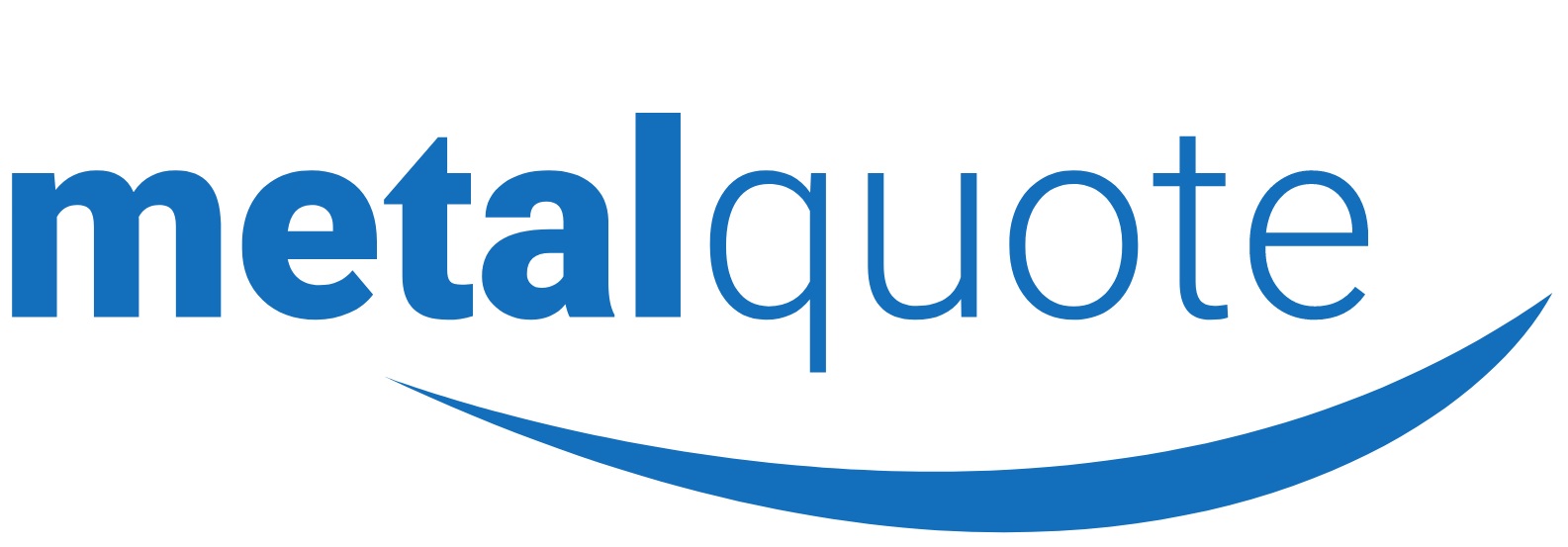Aluminium Insider reported that a March 5 change in the value-added tax assessed on the manufacturing sector by the government of the People’s Republic of China in response to ongoing trade tensions with the United States may soon translate to a flood of semi-manufactured aluminium products on the global market. In a report delivered earlier this week to this year’s National People’s Congress, Premier Li Keqiang revealed plans to slice 3 percent from the tax on all manufactured products, dropping it from 16 percent to 13 percent. According to SMM, the practical effect of the move on aluminium prices will be to cause the Shanghai Futures Exchange to pull even further away in the coming months, by up to CNY 355.6 per metric ton between the months of April and May. Assuming the 3-percent VAT drop goes into effect on May Day, the price of the SHFE 1904 contract at today’s price would fall from CNY 13,750 per metric ton to CNY 11,853 per metric ton. The move, which was done primarily to kick-start an anemic domestic market, is expected to pump a badly-needed boost of CNY600 billion (US$90 billion) into the Middle Kingdom’s trading veins across all manufacturing industries, boosting the country’s gross domestic product by 0.6 percent according to U.S. analysts. It’s the latest in a series of changes to the country’s tax regime conducted by Beijing carried out to bolster a tepid economy after manipulations of monetary policy and debt-based spending have become increasingly difficult avenues for effecting change. VAT relief will likely prove to be good news for Chinese aluminium smelters, especially as the smart money was on continued capacity closures. Globally, January witnessed an annualized drop in smelting capacity of 2.3 million metric tons, off by 1.1 percent on the year, the lion’s share of it at Chinese plants. Far from an aberration, the fall came on the heels of a 2-million-metric-ton-per-annum plummet to close out the year in December. For the entire year, the Middle Kingdom’s aluminium capacity shrank by 3.2 million metric tons per annum, with fully 80 percent of the cuts coming in the back half of the year thanks to a plunge in aluminium prices in Shanghai.
Prior to the announcement of a VAT cut, smelters had already positioned themselves for further shrinkage. Chinese producers assembled in a rare summit in December and emerged with a plan to slim aluminium production by a further 800 thousand metric tons per annum in 2019. However, the market was nonplussed – in the face of sacrificial capacity cuts, traders in Shanghai made cuts of their own, lopping off prices to a near-three-year nadir by late February.
Beijing appears to be banking on a drop in the VAT rate to propel exports of semi-manufactured aluminium, with hopes that aluminium exports will continue their recent surge. A 3-percent bump in the VAT rebate on exports of semi-manufactured aluminium was the catalyst that set off a wave of shipments from Chinese ports, flooding the globe with both legitimate semis and inflicting it with a worsening plague of fake semis, or semi-manufactured aluminium that is re-melted after export and sold as raw aluminium in order to avoid export duties and take advantage of the VAT rebates. The bump helped accelerate an already robust rise in exports, as the overseas market for aluminium has made it extremely attractive for Chinese aluminium producers for several months. Last August saw a total of 517 thousand metric tons of unwrought aluminium and aluminium products leave China’s shores, an increase on the year of 26.1 percent. The subsequent months saw aluminium exports fleeing China at a fever pitch, as shipments totaled 520 thousand metric tons in December, then to 552 thousand metric tons in January, blazing past the previous export record of 542.7 thousand metric tons set in December 2014.

